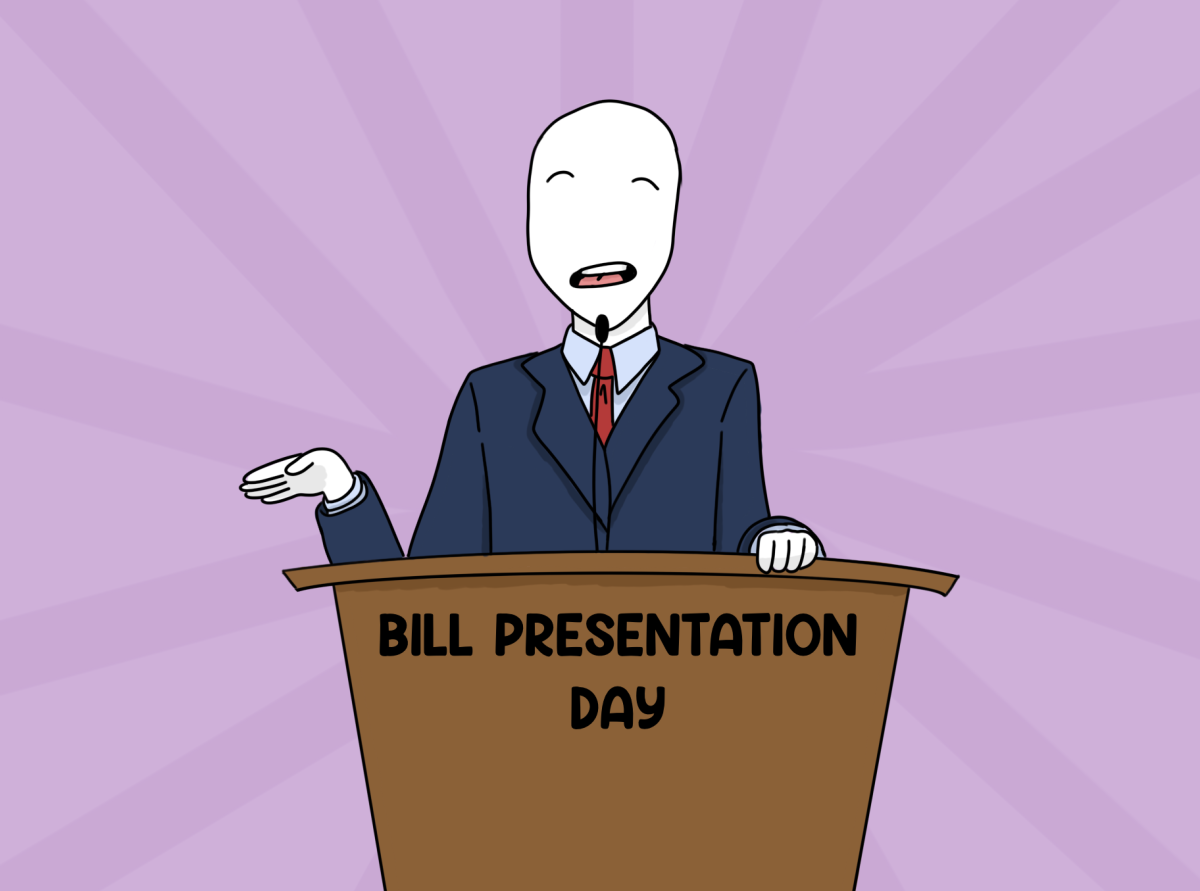From finances to academic standing, college preparedness is often at the top of high school students’ list of priorities.
College Board’s Advanced Placement classes intend to bridge the gap between high school and higher education, with rigorous curriculums and comprehensive final exams meant to model what students will see in college.
However, no matter how well-intentioned these courses may be, the College Board’s tumultuous history with racial inequity and their continuous inaccessibility to school districts serving working-class students continues to permeate today’s attempts at college readiness.
Past Mistakes
In the midst of the Cold War, the threat of Soviet innovation loomed.
Realizing that there was a growing concern that the Soviets may be out-educating the United States, the Advanced Placement Pilot Program was launched by the College Entrance Examination Board in order to “offer an opportunity and a challenge to the strongest and most ambitious boys and girls.”
Despite this seemingly inclusive promise, AP was purposefully restricted to elite private schools.
These private schools were mainly composed of white, wealthy students who were bound for prestigious institutions, as AP director David Dudley believed that “the basic philosophy of the Advanced Placement Program is simply that all students are not created equal.”
Yet, this comes as no surprise considering the College Board’s less than ideal treatment of marginalized communities.
Carl Brigham, the father of College Board’s SAT, was also a large proponent of eugenics. Brigham claimed that intelligence tests were linked with race and that, as the American education system diversified racially, the quality of education would decline.
Today, educators and grassroots organizations have launched initiatives to combat Brigham’s blueprint and push College Board to expand access to AP courses. However, continued racial and economic inequalities have limited the efficacy and soured the reputation of the AP Program indefinitely.
AP For All?
In the height of right-wingers’ war against public education, the AP African American Studies course was among the first to be targeted by Florida Governor Ron DeSantis for its supposedly controversial subject matter.
Instead of standing by Florida educators in defying DeSantis’ orders, College Board bent to the will of Florida Republicans and removed content concerning LGBTQ+ civil rights leaders, slavery reparations and the modern Black Lives Matter movement.
Not only does this decision reduce the academic significance of the course, but it serves to model College Board’s inequitable treatment of Black and Hispanic students across the United States.
In a 2018 study by the Urban Institute, researchers found that Black students are less likely to complete an AP exam during their high school careers than their white peers.
A lack of qualified teachers in racially diverse, low-income school districts may be a part of the problem.
The practice of redlining significantly impacted how these resources were distributed to public schools, where neighborhoods considered “risky investments” were outlined in red on government maps so that lending programs could avoid loaning to homeowners with declining property values.
Redlined maps functioned off of pseudoscientific methods which dictated that a high population of Black residents in an area signified impending financial doom.
Currently, schools in neighborhoods marked as “hazardous” experience increased financial hardship compared to schools in majority white districts, receiving an average of $2,226 less in funding per student.
Since College Board recommends that those who teach AP curriculum attain a Masters degree or equivalent National Board certification, AP certified teachers are often the best that their school districts have to offer.
Yet for underfunded districts struggling to retain teachers, funding for teachers of advanced courses is often put on the backburner in favor of general necessities.
In wealthier districts, Black and Hispanic students are also less likely to be recommended for AP classes compared to white students, despite near identical transcripts.
Similar to College Board’s infamous AP African American Studies course, other AP history courses have also received criticism for perpetuating eurocentric ideas of the world.
Classes like AP World History, which was revamped in 2018 to begin with the western colonization of North America, offers students a view of history through a primarily white, European lens.
Additionally, Black students make up 15% of high school students nationwide, yet comprise just 9% of students enrolled in AP classes.
Despite these struggles, there is still hope for the AP Program.
The AP For All initiative was launched by educators, with cooperation from College Board, in order to expand access to AP courses. And it has proven successful so far, increasing enrollment in AP exams by an impressive 95% since its implementation.
By spreading the word about open enrollment initiatives, where students may take AP classes in spite of test scores or teacher recommendations, and lobbying state governments to subsidize the cost of AP exams like New York and Massachusetts, more students will have access to college level courses during their high school careers.











Alexis • Dec 4, 2023 at 8:45 am
This was very engaging since this was a topic that I was not familiar with. It is interesting to learn the history of why AP classes were created. Also, I enjoy your writing style and the portrayal of the article’s tone. Overall I like how you are spreading information on how we can include more individuals into these AP classes and allow them to get the education they want.